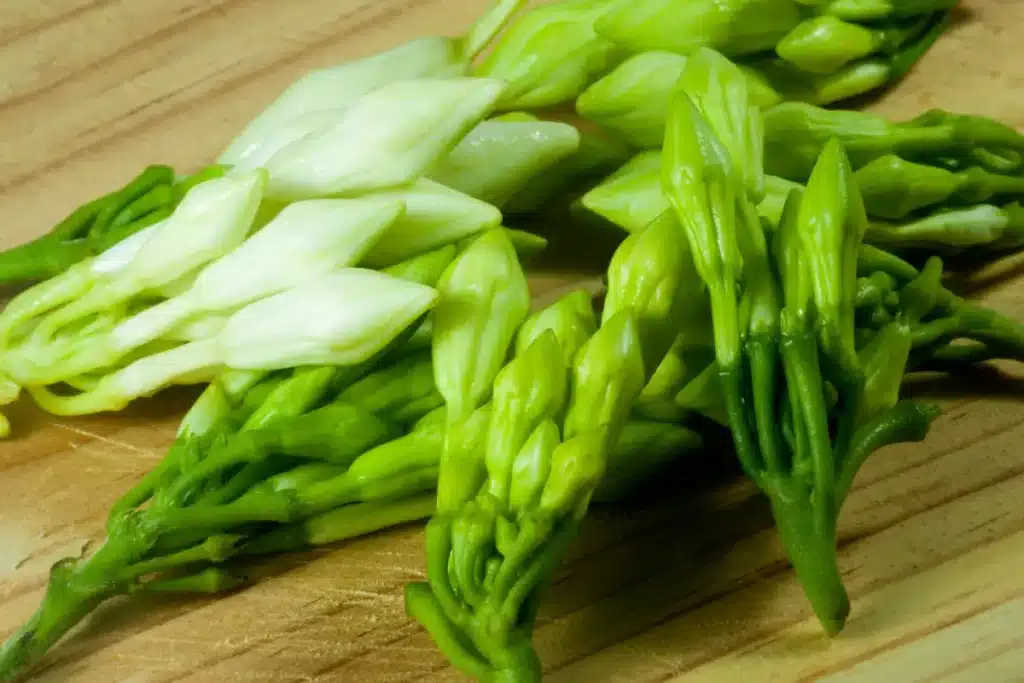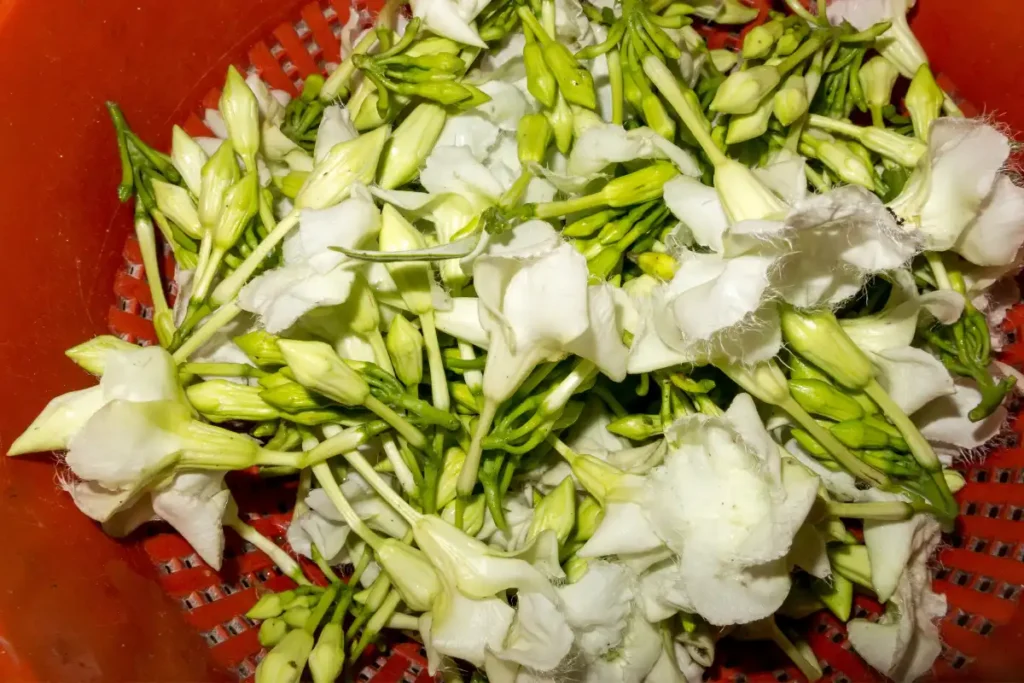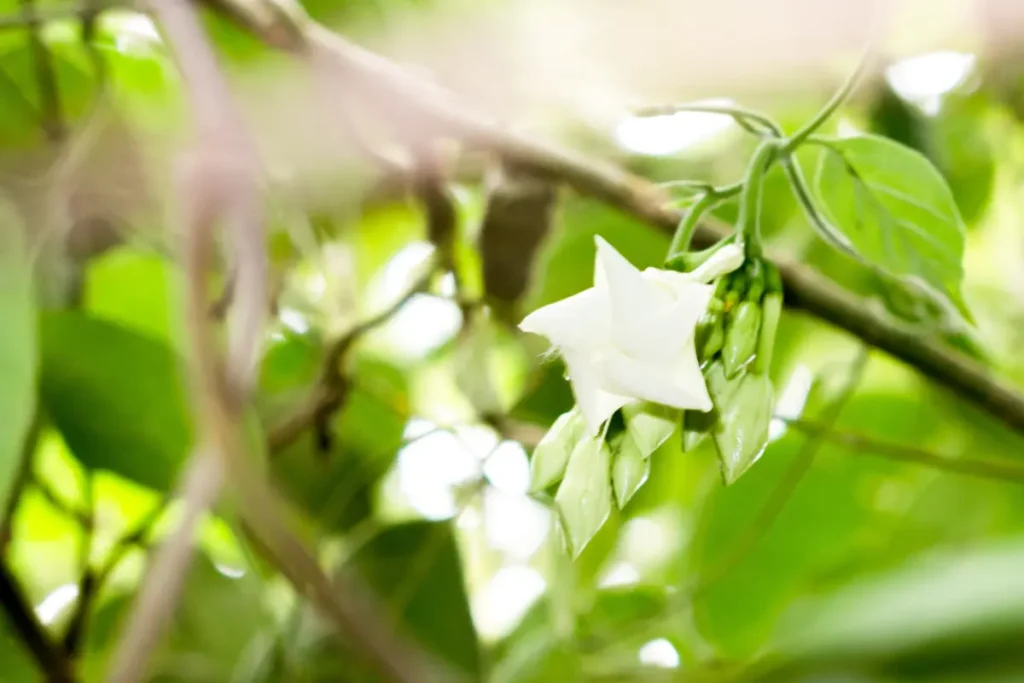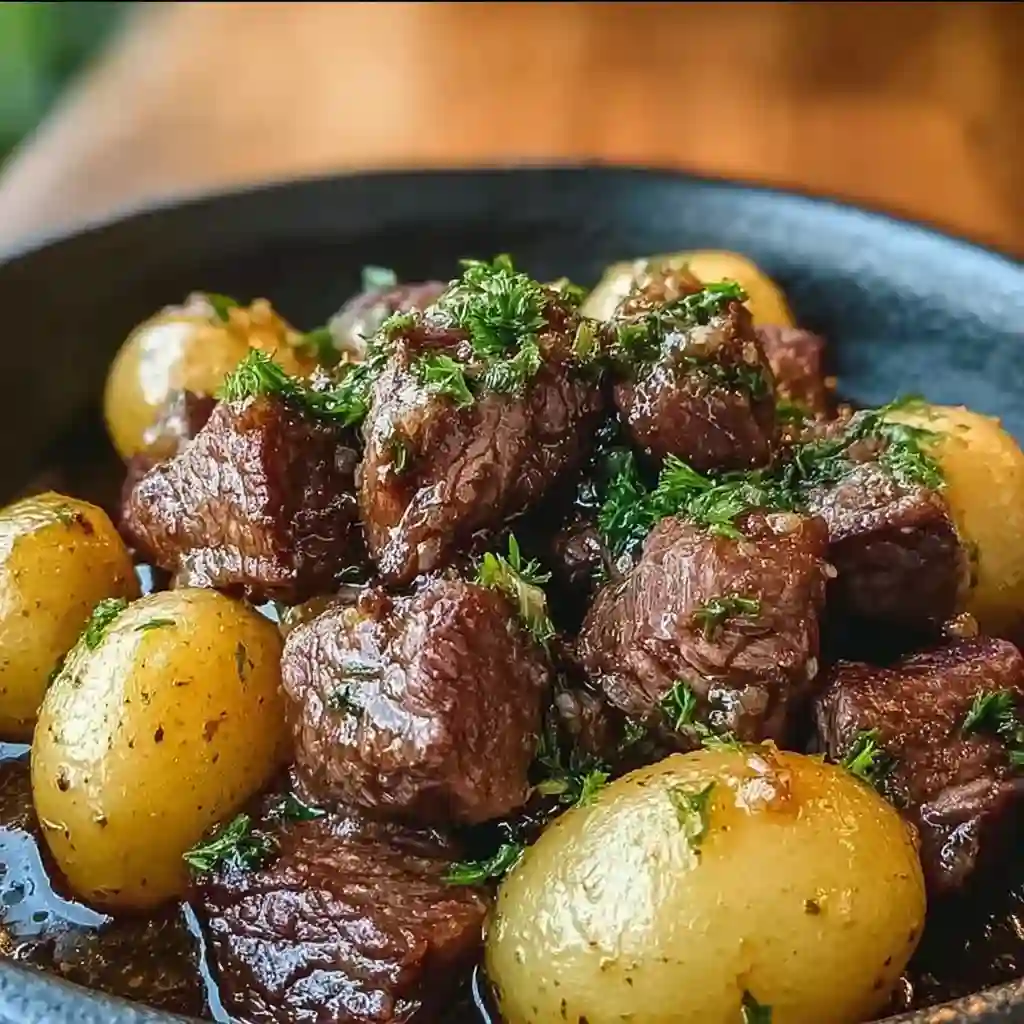Introduction to Loroco
Have you ever stumbled upon a plant called loroco and wondered, “Is loroco a spinach?” Well, you’re not alone! This intriguing question has piqued the curiosity of many food enthusiasts and botanists alike. Let’s dive into the world of loroco and spinach, unraveling the mysteries and celebrating the uniqueness of these plants.
Loroco, botanically known as Fernaldia pandurata, is a vibrant flower bud widely cherished in Central American cuisine. Unlike spinach, which boasts broad, leafy greens, loroco offers small, unopened flower buds that pack a punch of flavor and nutrition.
What is Loroco?
Loroco is a small, unopened flower bud harvested from a vining plant with broad and flat, green leaves. The buds have a distinct, vegetal, and earthy flavor, reminiscent of chard, artichoke, and asparagus, with a faint, floral sweetness.
This unique taste profile sets loroco apart from spinach, which carries a more mild and slightly bitter flavor.
Comparison with Spinach
At first glance, one might wonder if loroco and spinach are related, given their green hues and plant origins. However, these two plants belong to different families and serve diverse roles in culinary traditions. While spinach is a leafy green, loroco is celebrated for its flower buds, each offering distinct flavors and uses in the kitchen.
Now, let’s peel back the layers and explore the nutritional value, culinary uses, and cultivation of these fascinating plants. Stay tuned as we answer the burning question: Is loroco a spinach?
Nutritional Value of Loroco vs. Spinach
When it comes to nutrition, both loroco and spinach are powerhouses, each bringing a unique set of nutrients to the table. Let’s break down the nutritional profiles of these two plants to see how they stack up against each other.
Loroco:
- Fiber: Loroco is a good source of fiber, aiding in digestion and promoting a healthy gut.
- Calcium: Essential for bone health, loroco provides calcium, supporting teeth and bone structure.
- Vitamins: Packed with niacin (Vitamin B3), which is crucial for converting food into energy, loroco also offers vitamins A and C, alongside iron, bolstering overall health.
Spinach:
- Iron: Spinach is renowned for its iron content, vital for healthy blood cells and energy levels.
- Vitamins: A powerhouse of vitamins A, C, and K, spinach supports vision, immune function, and blood clotting.
- Antioxidants: Rich in antioxidants, spinach helps combat oxidative stress and reduce the risk of chronic diseases.
| Nutrient | Loroco | Spinach |
|---|---|---|
| Fiber | High | Moderate |
| Calcium | Good source | Moderate |
| Iron | Moderate | High |
| Vitamin A | Present | High |
| Vitamin C | Present | High |
| Niacin (B3) | Good source | Low |
Through this comparison, it’s evident that while both plants are nutritious, they offer different benefits. Loroco shines with its fiber and niacin content, while spinach is a go-to for iron and vitamins A and C.
Culinary Uses of Loroco
Moving from the garden to the kitchen, let’s explore the culinary world of loroco and how it differs from spinach in terms of use in dishes.
Loroco:
- Traditional Dishes: In Central America, loroco is a star ingredient in pupusas, adding a unique flavor to this beloved dish.
- Versatility: Loroco can be steamed, stir-fried, or boiled, making it a flexible addition to various recipes, from omelets to sauces.
- Flavor Profile: With its distinct taste, loroco adds a pungent, sweet, and tangy note to dishes, enhancing flavors and providing a unique culinary experience.
Spinach:
- Global Ingredient: Spinach is a versatile green, used worldwide in salads, soups, pastas, and more.
- Cooking Applications: Whether raw or cooked, spinach is a culinary chameleon, adapting to a wide range of dishes and cooking methods.
- Taste: Offering a mild, slightly bitter flavor, spinach is a perfect backdrop, complementing other ingredients without overpowering them.
In the culinary realm, loroco and spinach serve different purposes, each bringing its unique flavor and texture to the table. While loroco offers a distinct, aromatic taste, spinach provides a versatile, mild flavor, making both invaluable in diverse culinary traditions.
Growing Loroco and Spinach
Gardening enthusiasts might be curious about the cultivation of loroco and spinach, as understanding their growth requirements can enhance their culinary garden. Let’s dig into the horticultural aspects of these two plants.
Loroco (Fernaldia pandurata):
- Climate: Loroco thrives in tropical climates, preferring consistent temperatures between 68 and 90°F (20 and 32°C).
- Soil: This plant favors well-drained, fertile soil with a neutral pH.
- Sunlight: Loroco plants require full sun to partial shade for optimal growth.
- Watering: Regular watering is essential, especially in dry conditions, to keep the soil consistently moist.
Spinach (Spinacia oleracea):
- Climate: Spinach grows best in cooler climates, with optimal temperatures ranging from 50 to 75°F (10 to 24°C).
- Soil: It prefers loamy, well-drained soil with a pH between 6.5 and 7.0.
- Sunlight: Spinach requires full sun to partial shade, though it can tolerate more shade than loroco.
- Watering: Consistent moisture is crucial for spinach, but overwatering can lead to root rot.
Understanding these growth conditions can help gardeners successfully cultivate loroco and spinach, adding fresh, home-grown ingredients to their culinary creations.
Conclusion
In our exploration of loroco and spinach, we’ve uncovered the unique characteristics, nutritional values, and culinary uses of these two remarkable plants. While they may share some superficial similarities, loroco and spinach each hold a distinct place in the world of gastronomy and nutrition.
Whether you’re a seasoned chef or a curious food enthusiast, experimenting with loroco’s unique flavor can open up a new dimension of flavors in your cooking. Meanwhile, spinach continues to be a versatile and nutritious ingredient that complements a myriad of dishes.
So, the next time someone asks, “Is loroco a spinach?” you’ll have a wealth of information to share, celebrating the diversity and richness of the plant kingdom. Happy cooking and gardening!
FAQs:
What vegetable is loroco?
Loroco is an edible flower bud, not a vegetable. Farmers harvest loroco from the Fernaldia pandurata plant, a vine native to Central America. Cooks use loroco as a flavoring in various dishes, appreciating its unique taste that blends vegetal, earthy, and slightly floral flavors.
What is Loroco called in English?
People generally know Loroco by its common name “loroco” in English too. It lacks a widely recognized English name, so people typically refer to it by its original name in culinary and agricultural contexts.
What is loroco similar to?
In terms of flavor, loroco is somewhat similar to a mix of chard, artichoke, and asparagus, with a unique floral note. It’s hard to find a direct comparison, as loroco has a distinct taste profile. However, in terms of use, it can be somewhat compared to other edible flowers or certain herbs that are used to add a unique flavor to dishes.
Where did Loroco originate?
Loroco originates from the tropical regions of Central America. Salvadoran, Guatemalan, and other Central American cuisines have traditionally used it for centuries. In El Salvador and Guatemala, where the plant enjoys great popularity, farmers cultivate it for its edible flower buds, incorporating them into a variety of traditional dishes.







